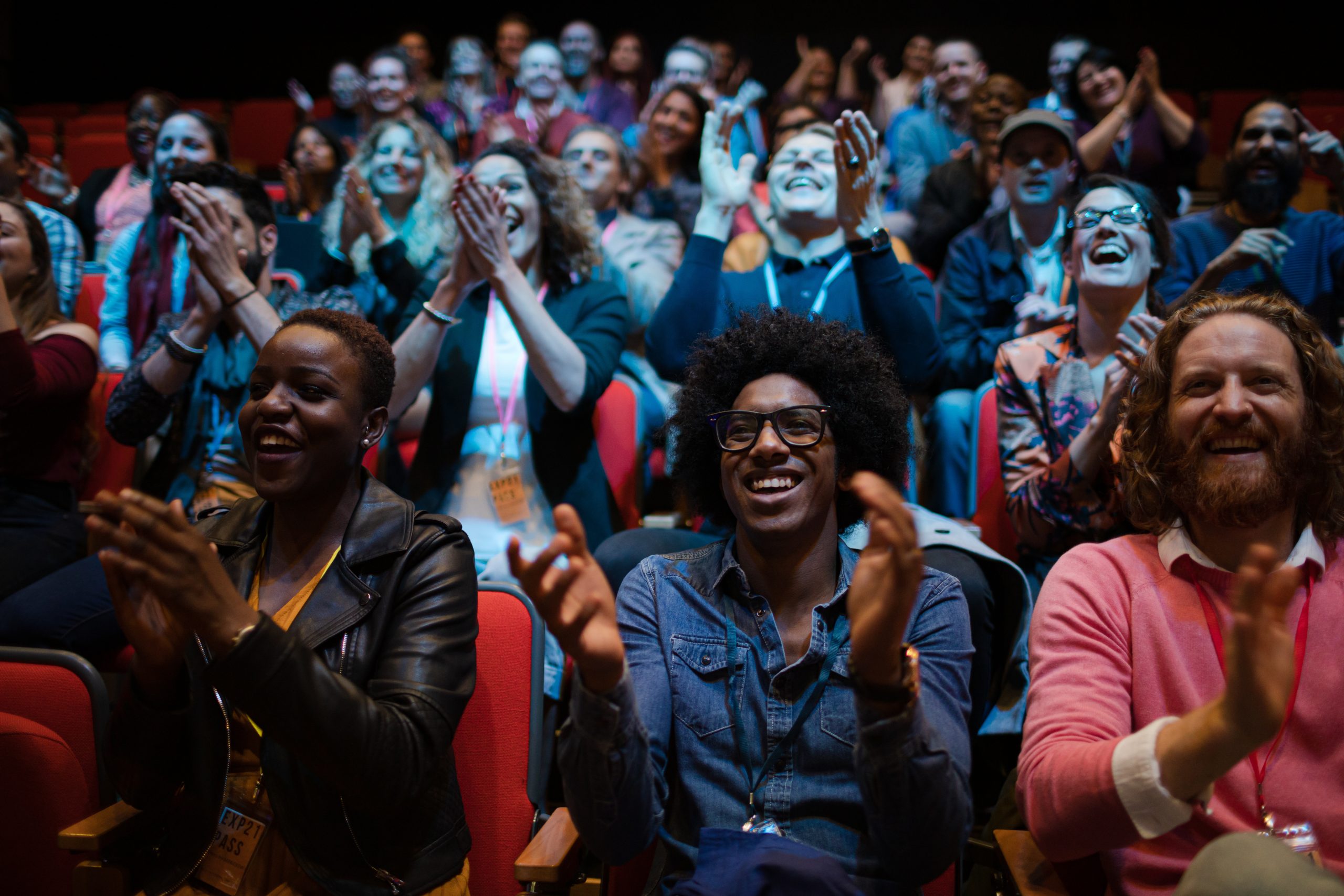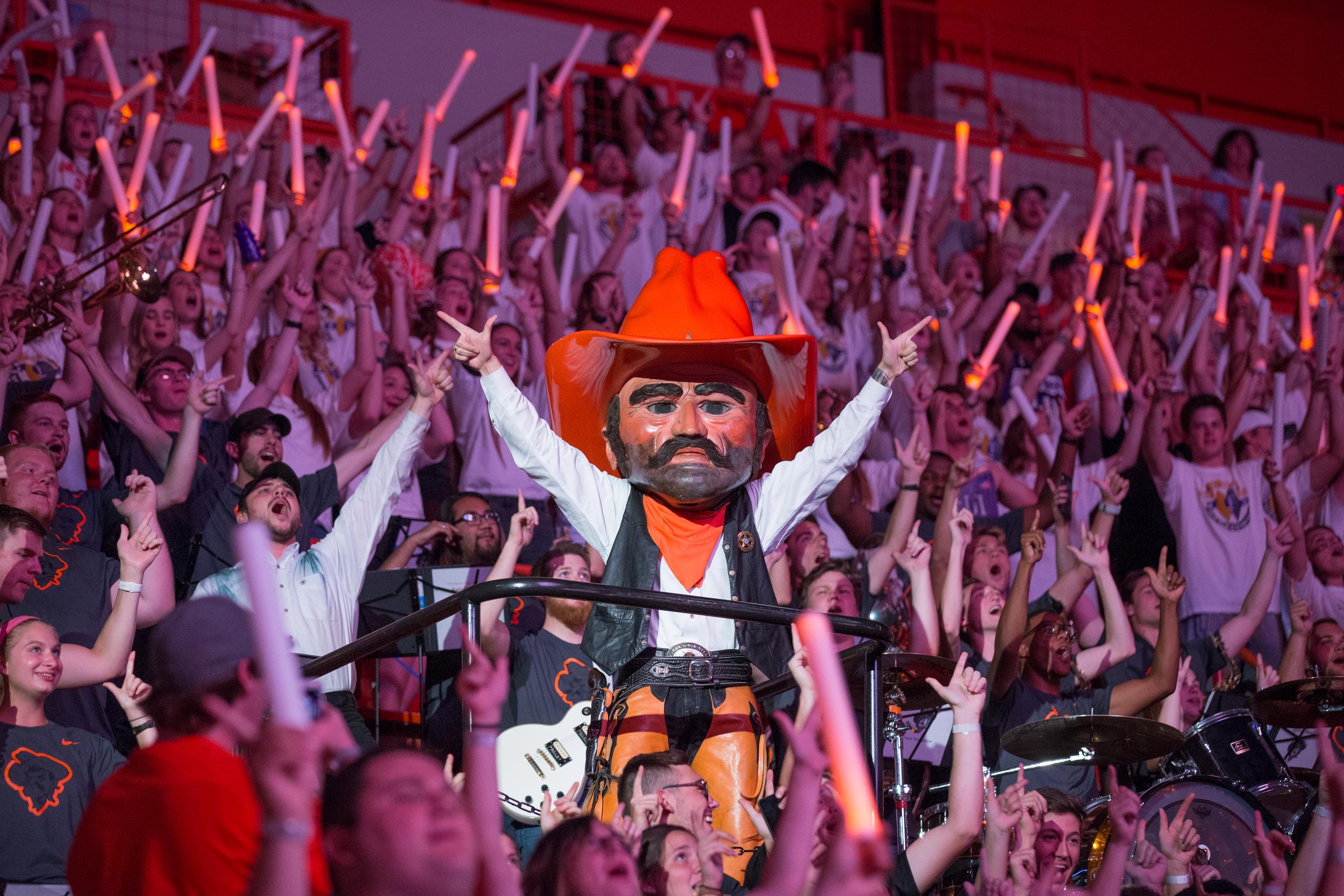10.2 Conclusions

“The end of a melody is not its goal: but nonetheless, had the melody not reached its end it would not have reached its goal either. ” -Friedrich Nietzsche
What a Speech Conclusion Is Meant to Do
The speech conclusion has four basic missions:
- Wraps things up- This portion is often referred to as a “Brakelight“. Much like brake lights on a car warn us the car will be stopping, this “brakelight” or transitional statement warns the audience that the speech is coming to a close.
- Summarizes- A solid conclusion briefly restates the preview statement in past tense to remind the audience of the main points that were covered in the presentation.
- Tells the audience where to go from here- Depending on the purpose of your presentation, this component may play different roles. If your goal was to inform the audience, this is where you might tell them of a rich source they can go to for more information if their curiosity was piqued. If your goal is to persuade, this spot serves as a great opportunity to challenge the audience to take action based on the goals of your speech. Tell them what you want them to do now that they heard your speech.
- Closes the speech- The note of finality, clincher, closing statement or whatever you want to call it is an important element that leaves the audience reflecting on the topic.
Wrapping things up: It says, “We are nearing the end!”
Hopefully, your audience will want you to speak for an hour, rather than just five or eight minutes. However, when you transition into your conclusion and use appropriate signposting, your audience realizes that the speech will come full-circle. Usually the first transitional phrase is a “brakelight” of sorts. It lets the audience know that you are starting to wrap up your presentation. You may use a transitional statement to illustrate this such as, “In conclusion…”, “In summary…” or “To wrap things up…”.
The Summary: It tells the audience, “Here’s what I told you. “
Just as you used a mapping statement to preview your main points, now you will summarize your points within your conclusion. Often simply rewording -or even restating -your original thesis statement or preview statement in the past tense will effectively summarize your speech. While this will feel very repetitive to you as a speaker, it is useful in helping the audience understand and retain the information you covered. While you may be tempted to revisit all the details of your speech, this element is best served by a clear concise declarative sentence that restates the main points you addressed.
Where to go from here: It says, “Here’s What To Do Now! “
The conclusion is the last chance you have to speak to the audience about this topic. Depending on your general purpose, this portion of the speech will vary. Informative speaking often creates an interest in the audience to learn more about your topic. It’s best to give the audience a good resource to check out if they want to learn more information. Avoid telling the audience “to google it”. We all know how to do that. Since you’ve done the research, tell us the best one you found. An example is, “If you’d like to learn more about the history of Stillwater, I recommend visiting The Sheerar Museum at 702 South Duncan here in Stillwater.” Persuasive presentation conclusions want to utilize the last opportunity to challenge the listeners to action. This portion gives you a specific opportunity to tell them what you hope they do as a result of hearing your speech. You may say something like, “As you leave here today, I challenge you to pick up five pieces of trash as you walk back to your dorm or car.”
Note of finality: It let’s the audience know, “The speech is over.”
Your speech conclusion is a mental takeaway for the audience, and you will want a strong note of finality. Your conclusion should contain enough memorable words and phrases that will help the audience positively recall the experience – and even recollect certain points that you made. Do not forget to include that “ta-da ” moment. The last statement of your presentation should be thoroughly planned to let the audience know you are done. Many speakers, who do not come up with a strong closing statement, will end their presentation with, “Thank you.” While it is polite to thank the audience, it doesn’t really serve as the best closing statement. You want your final statement to leave a strong lasting impact. It should leave the audience reflecting on your topic and your information. Some speech writers like to reference the attention getter as a nice way to bring the speech full circle by revisiting a story, question, or video clip they used originally to grab the audience’s attention. After your closing statement and applause from the audience, you are, of course, welcome to thank them for their attention and/or attendance.

After hours of diligent research and meticulous preparation, Pistol Pete had managed to weave together a compelling narrative for his speech about the traditions of Oklahoma State University. However, he understood that a strong speech needed an equally powerful conclusion to leave a lasting impression on his audience. So, he sat down once again, this time to brainstorm ideas for a closing statement that would bring his speech full circle.
Pete thought about the essence of his speech – the shared history, pride, and sense of community that OSU’s traditions inspired. His goal was to leave his audience not only better informed about these traditions but also feeling more connected to the Cowboy spirit and to each other.
An idea gradually began to take shape in his mind. Pete remembered a phrase from the OSU Alma Mater that had always resonated with him, “Ever you’ll find us, loyal and true.” This line, he felt, perfectly encapsulated the enduring spirit of loyalty and pride in the OSU community, tying back to the traditions he had highlighted in his speech.
For his closing statement, Pete decided to weave this phrase into his narrative since it lined up well with his attention getter. He would conclude by saying, “As we delve into our traditions, as we sing our songs and wear our colors with pride, we embody these words – ‘Ever you’ll find us, loyal and true.’ This is the essence of our traditions, the heart of our Cowboy spirit. And as we carry these traditions forward, we ensure that the spirit of Oklahoma State University – its unity, its pride, and its enduring legacy – continues to shine bright, now and for generations to come.”
Satisfied with his idea, Pete felt a sense of accomplishment. He had a strong closing statement that not only tied back to his attention-getter but also underscored the core message of his speech. With his closing statement in place, Pete was confident that he would leave his audience inspired and more deeply connected to the traditions and spirit of Oklahoma State University. Does Pete’s final words of his presentation leave an impression on you? Why?
*Pistol Pete scenarios are all based on hypothetical events and were written with the use of Chatgpt and careful editing by Speech Communication faculty.
This resource is available at no cost at https://open.library.okstate.edu/speech2713/
transitional phrase that lets the audience know the speech is coming to a close
clear sentence that restates the preview statement in past tense, outlining the main points that were addressed in the speech
last statement that wraps up your entire presentation and lets the audience know the speech is finished

